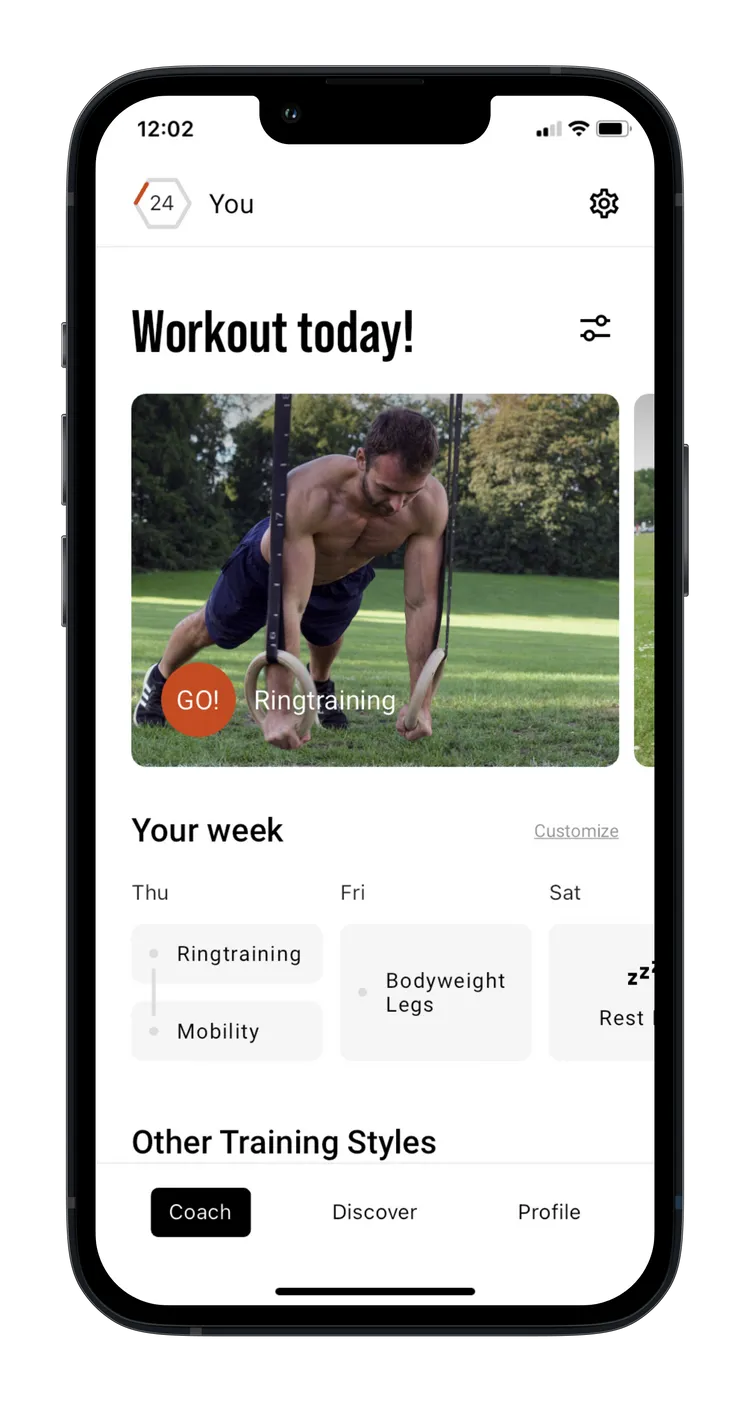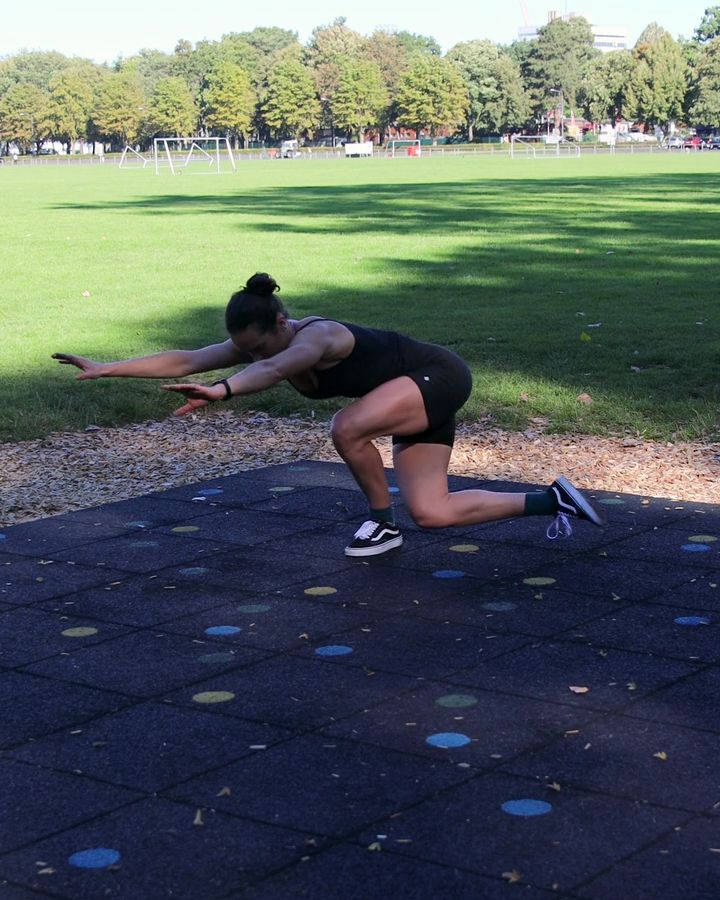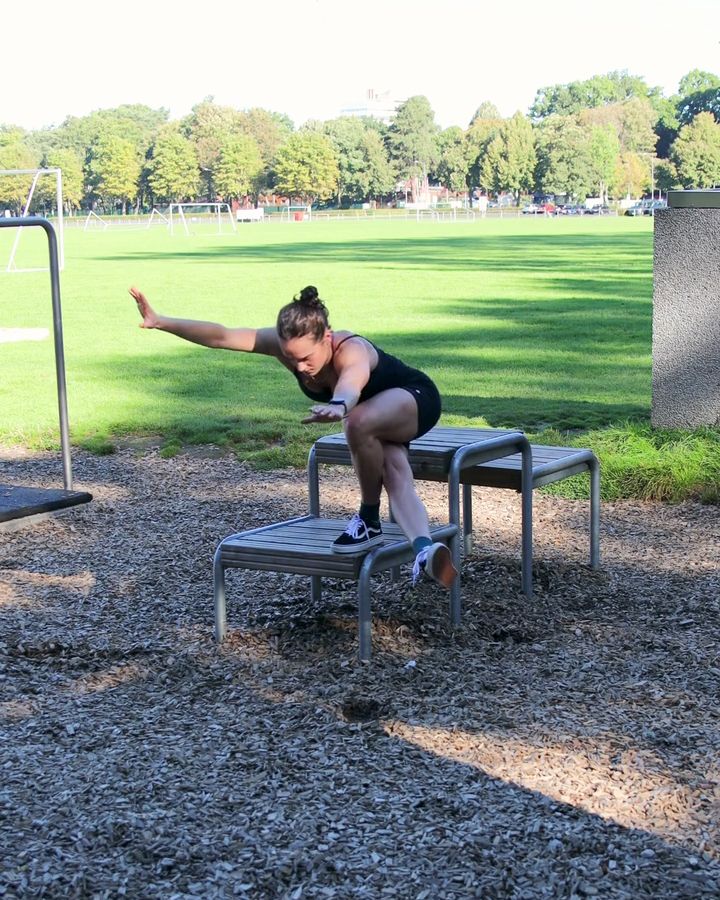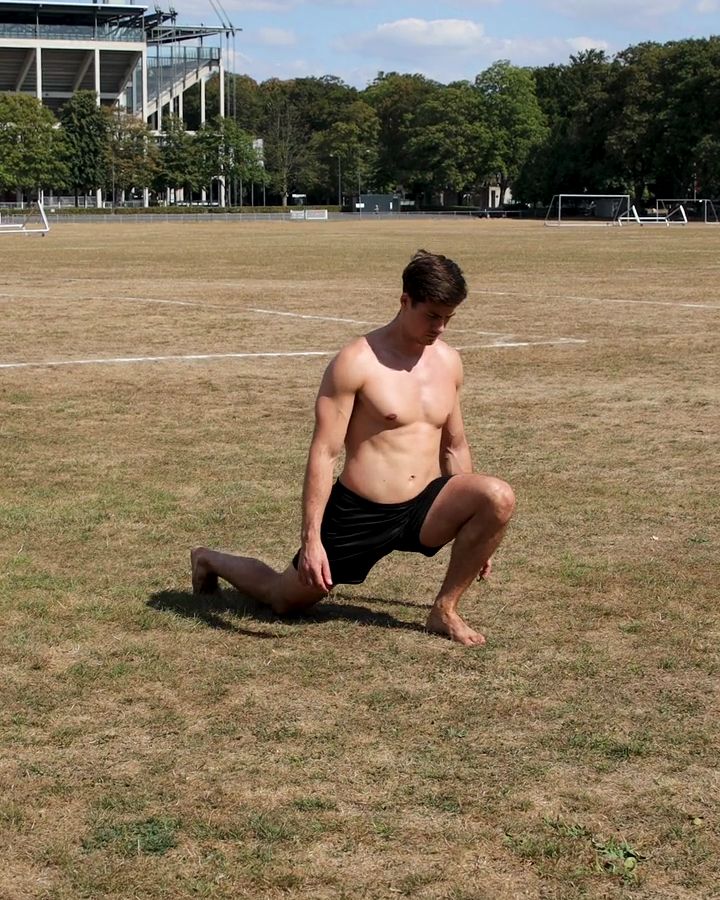Dragon Squats
Dragon squats, similar to the Pistol Squat, are an advanced exercise that primarily strengthens the glutes, thighs, and core. In this movement, one leg is crossed behind the standing leg as the body lowers into a squat. This exercise promotes balance, stability, and mobility in the hips and ankles.
Dragon Squats - the correct execution
- Begin by standing upright with your feet approximately hip-width apart
- Shift your weight onto your left leg and lift your right leg off the ground
- Start to bend your supporting leg and lower yourself slowly
- While doing so, move your hovering leg behind your supporting leg
- Ensure that the knee of your supporting leg remains above your foot and doesn't collapse inward
- Try to go as low as possible, ideally until your buttocks are just above the ground
- Extend your hovering leg when in the deepest position
- Hold this low position for a moment, focusing on maintaining your balance
- Powerfully push yourself up with your supporting leg and return to the standing position
The exercise Dragon Squats is intended to be used as a hypertrophy, mobility exercise.
Which muscles are trained by Dragon Squats?






Primary trained muscles for Dragon Squats
Quadriceps - The quadriceps femoris is the large muscle at the front of your thigh. It extends your knee.
Secondary trained muscles for Dragon Squats
Adductors - The adductors are muscle groups in the thigh that help bring your legs together. They stabilize your pelvis while walking and standing and also assist in movements like crossing your legs.
Alternative variants of Dragon Squats:
Dragon Skater Squats
Dragon Skater squats combine elements of Dragon squats and lunges. They involve crossing the legs like in Dragon squats but place a greater demand on balance. At the same time, they train the thigh and glute muscles similarly to single-leg squats.
Dragon Skater Squats - the correct execution
- Start standing upright with feet about hip-width apart in front of a post
- Shift your weight onto your left leg and lift your right leg off the ground
- Start to bend your supporting leg and lower yourself slowly
- While doing so, move your hovering leg behind your supporting leg
- Ensure that the knee of your supporting leg remains above your foot and doesn't collapse inward
- Go so low that the lower leg of the floating leg is just above the ground
- Powerfully push yourself up with your supporting leg and return to the standing position
Elevated Dragon Squats
Elevated Dragon squats are an easier variation of Dragon squats because they use an elevated surface. This means the free leg doesn't need to be pulled up as much to avoid touching the ground, reducing the compression in the hip. As a result, the overall mobility demands are slightly lower.
Necessary equipment

Elevated Dragon Squats - the correct execution
- Start standing upright with feet about hip-width apart on a box
- Place your left foot close to the edge of the box
- Shift your weight onto your left leg and lift your right leg off the ground
- Start to bend your supporting leg and lower yourself slowly
- While doing so, move your hovering leg behind your supporting leg
- Ensure that the knee of your supporting leg remains above your foot and doesn't collapse inward
- Try to go as low as possible, ideally until your buttocks are just above the ground
- Extend your hovering leg when in the deepest position
- Hold this low position for a moment, focusing on maintaining your balance
- Powerfully push yourself up with your supporting leg and return to the standing position
- The elevated position helps you to pass the floating leg more easily to the supporting leg.
This could also be interesting
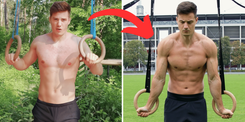
Calisthenics Body Transformation – How to Build a Strong, Lean, and Athletic Physique
Transform your body with Calisthenics! Build muscle, burn fat & achieve a shredded physique with bodyweight training. See real before & after results!

The Best Fitness Apps in 2025: Our Top 10 Recommendations
Don’t miss the best fitness apps of 2025: surprising favorites, free options, and perfect tools for your workouts. Find the ideal app today!
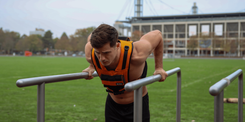
Complete Calisthenics Skills List – 40+ Exercises from Beginner to Pro
Which calisthenics skills should you learn first? And which ones will really help you progress? In this article, you’ll find a complete list of over 40 exercises – from the very basics to the toughest moves for professionals. Each exercise comes with instructions, so you can immediately integrate them into your training.

